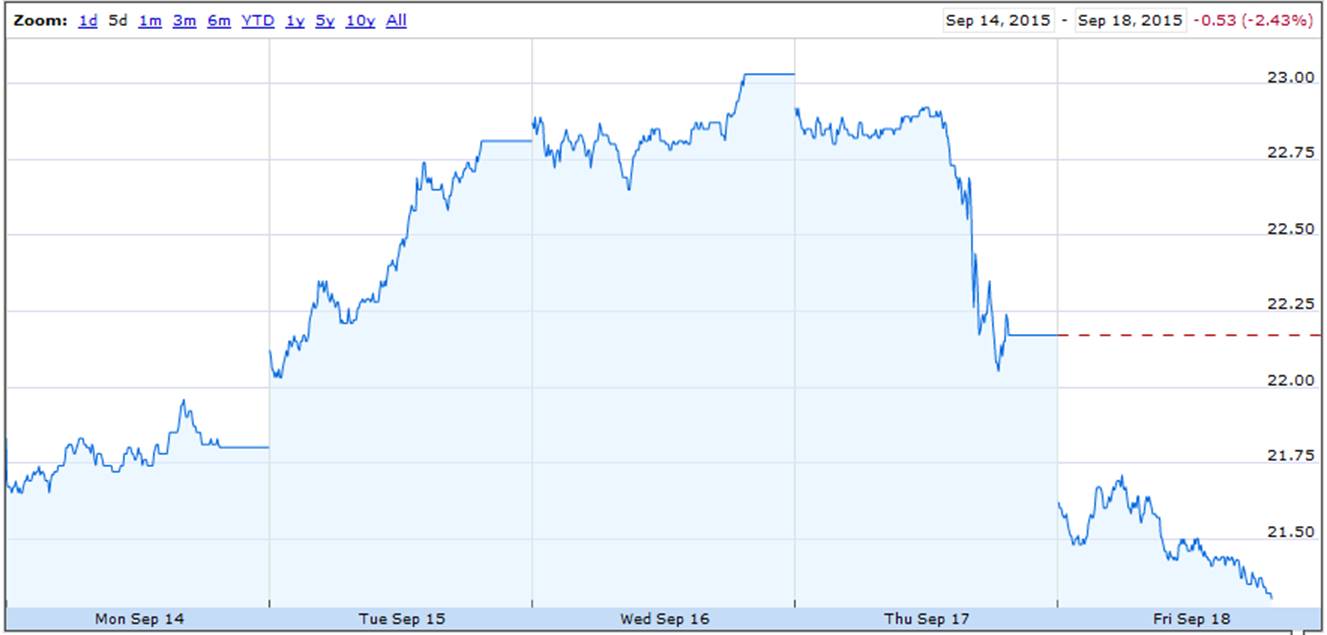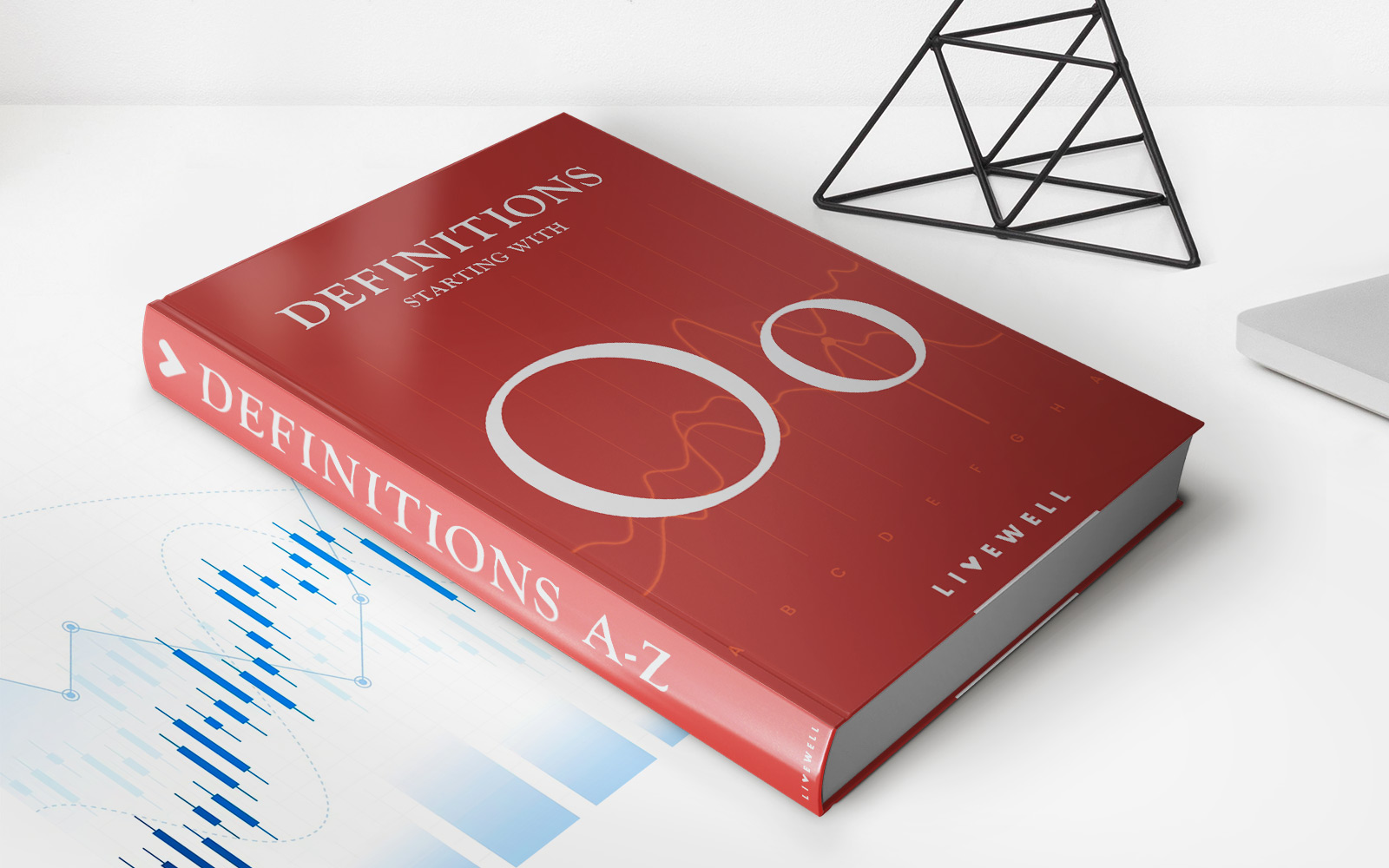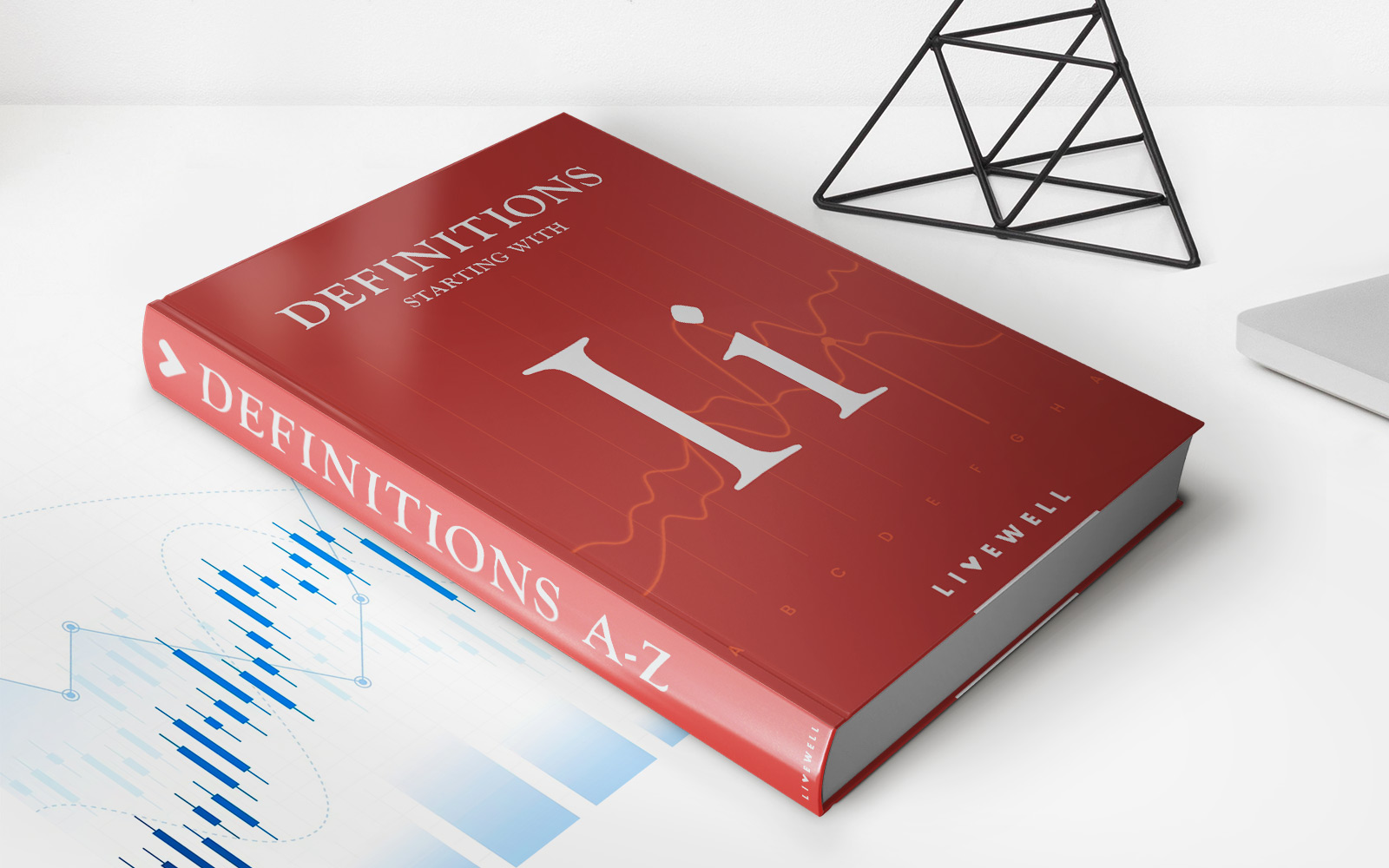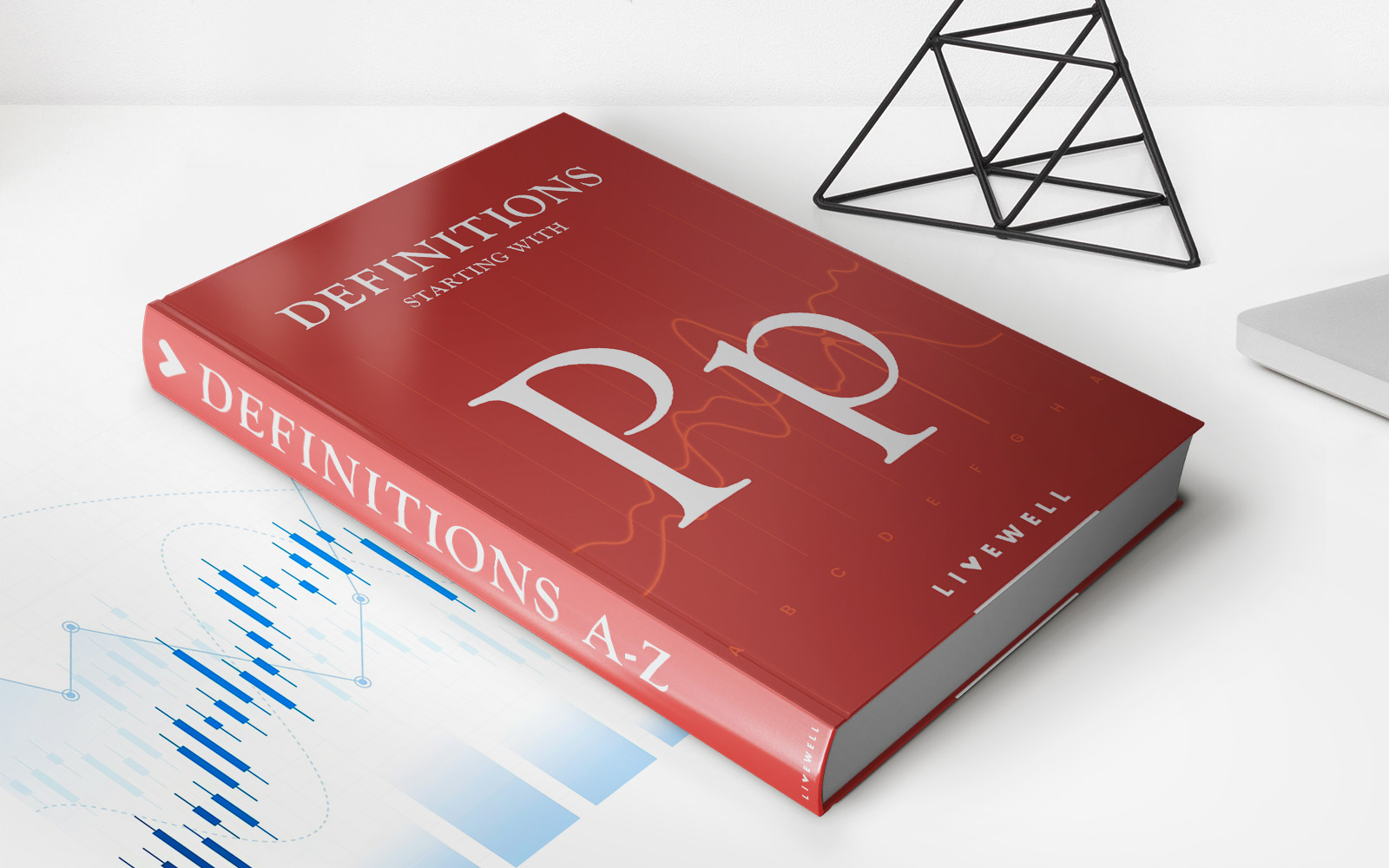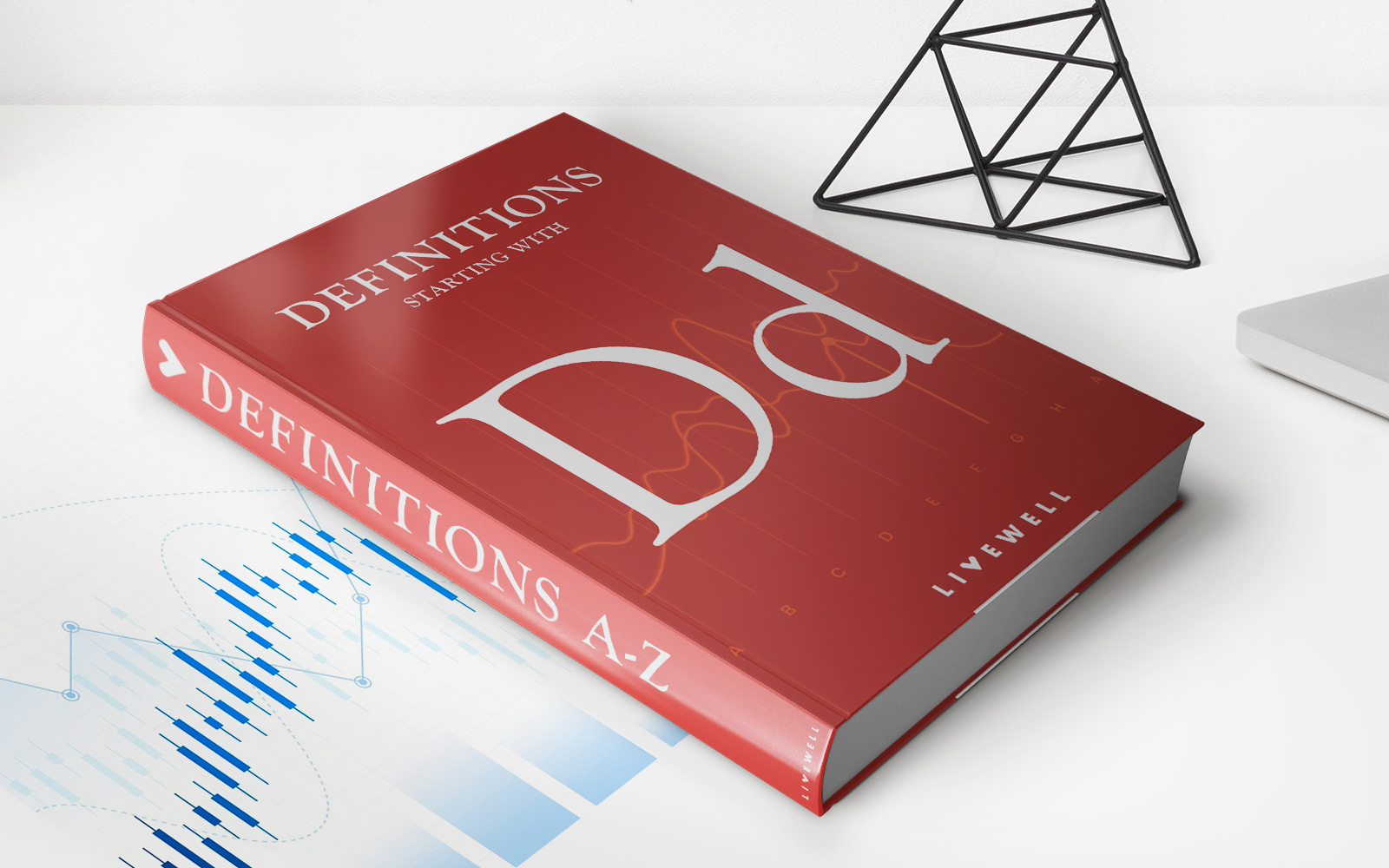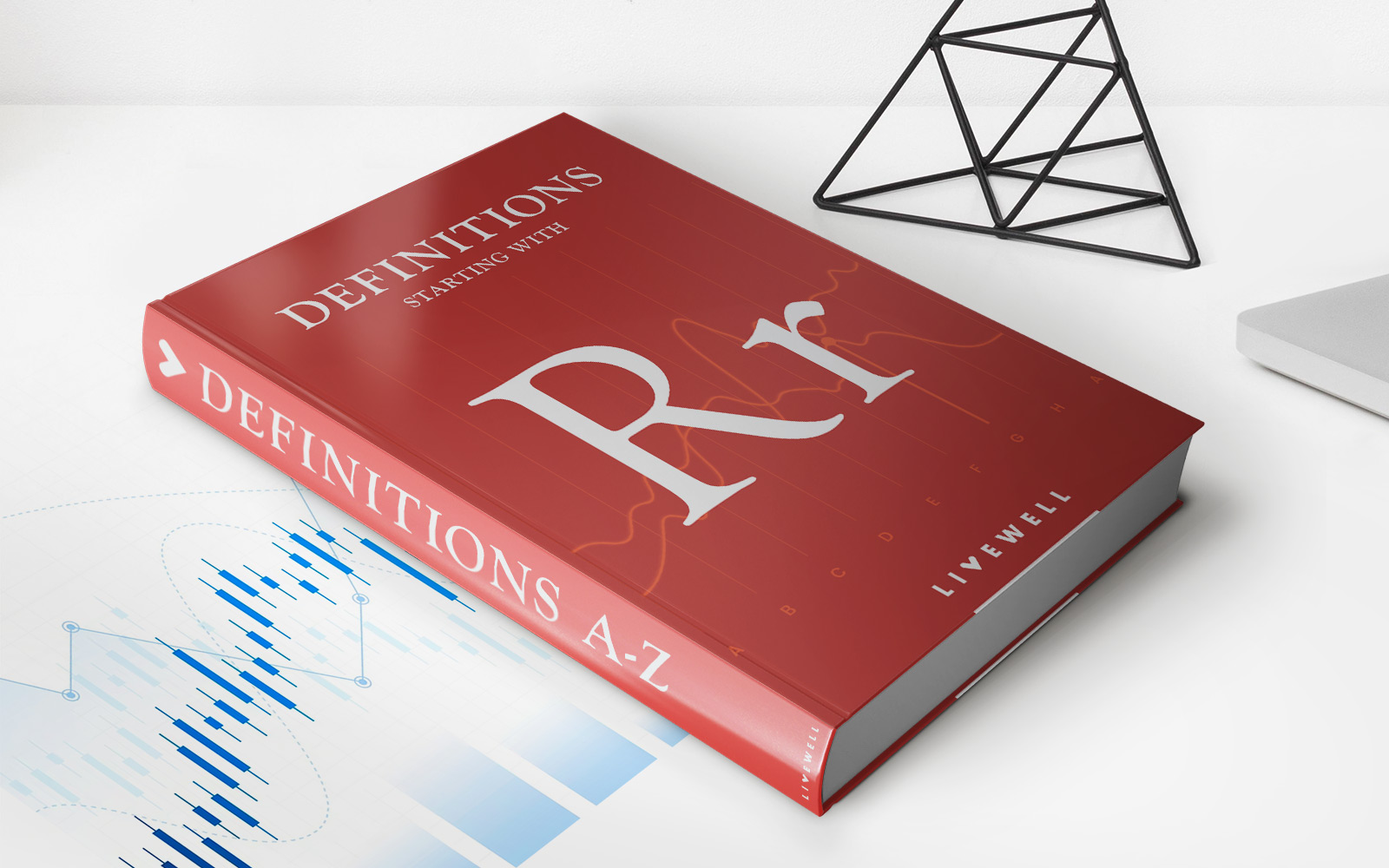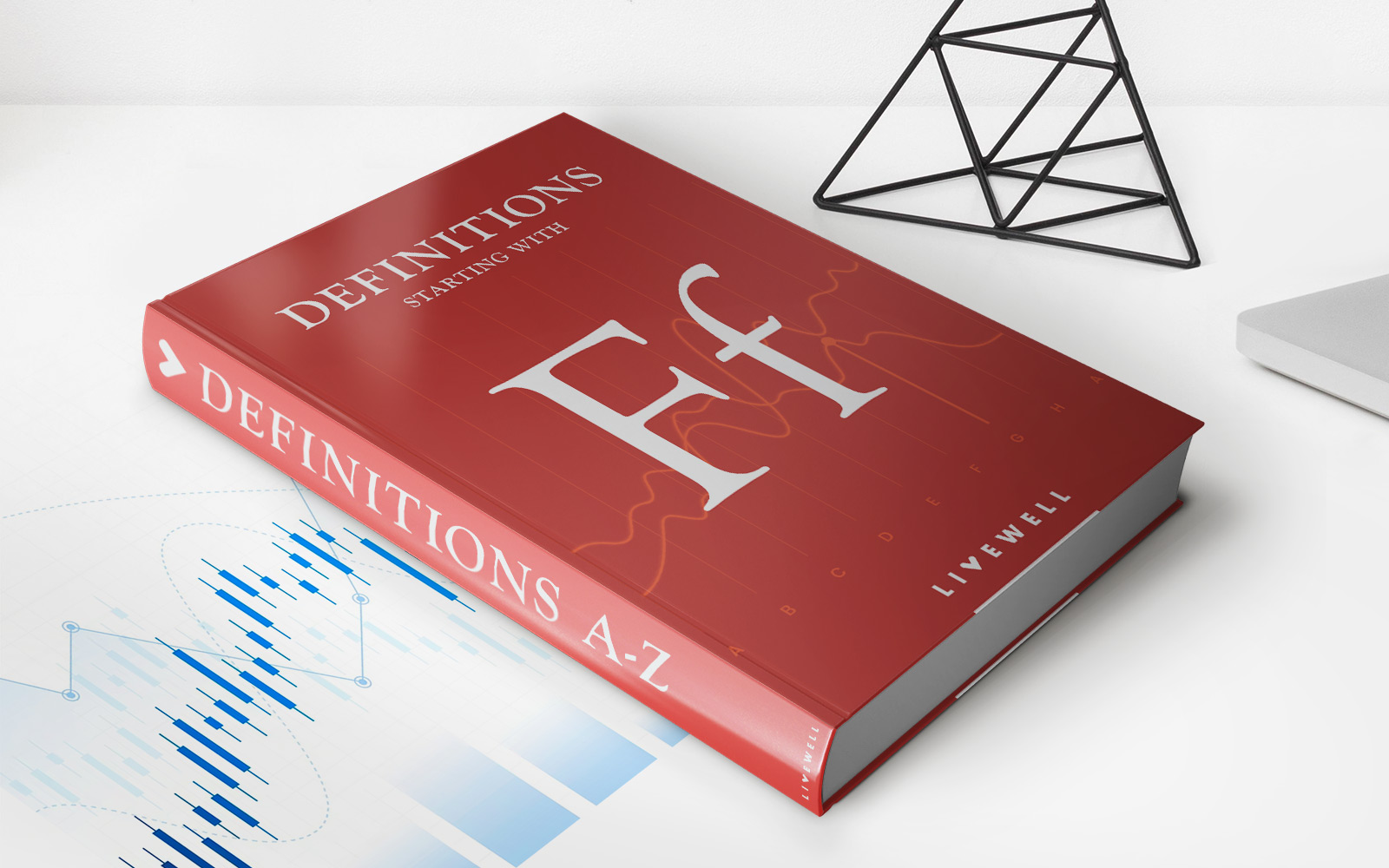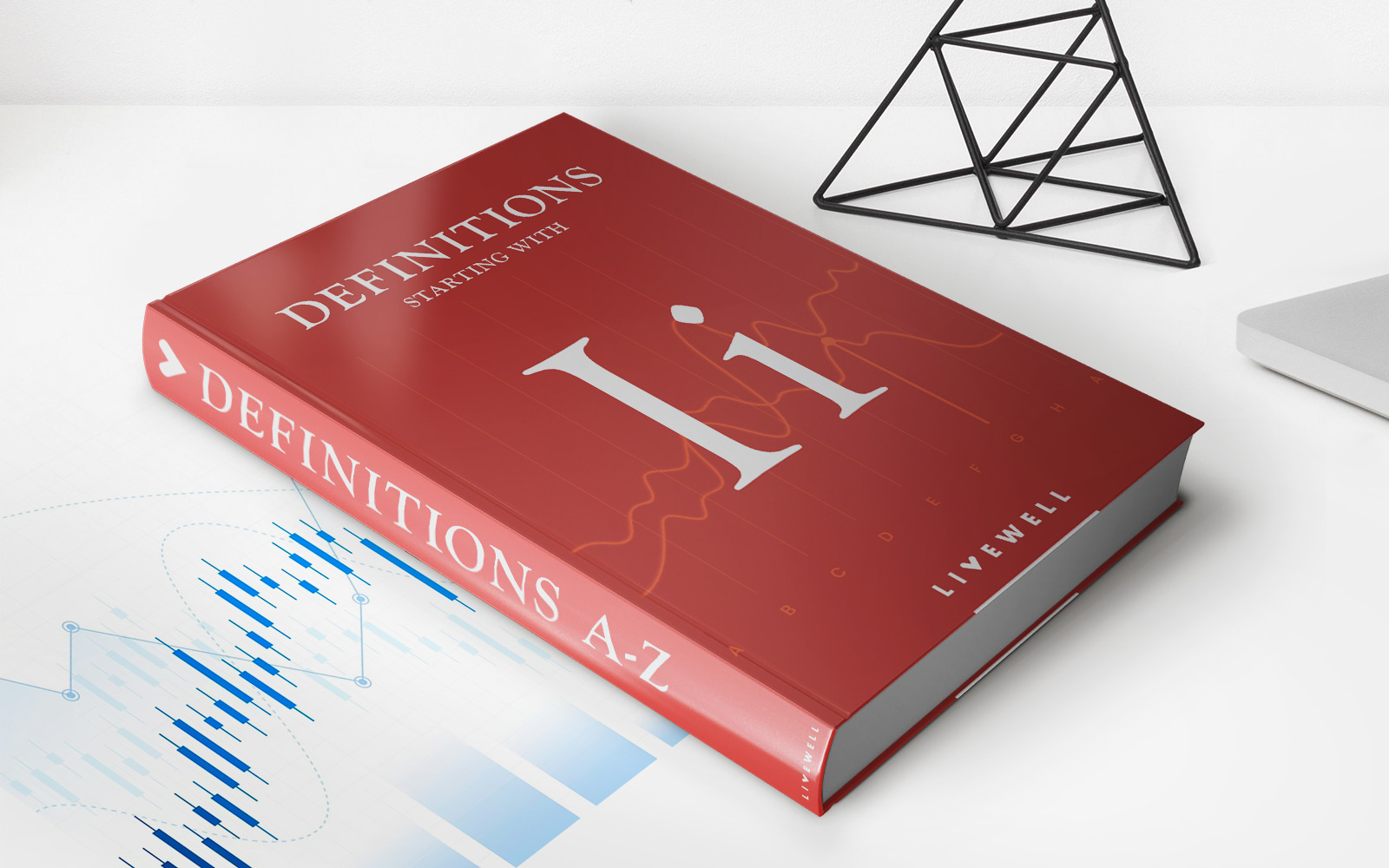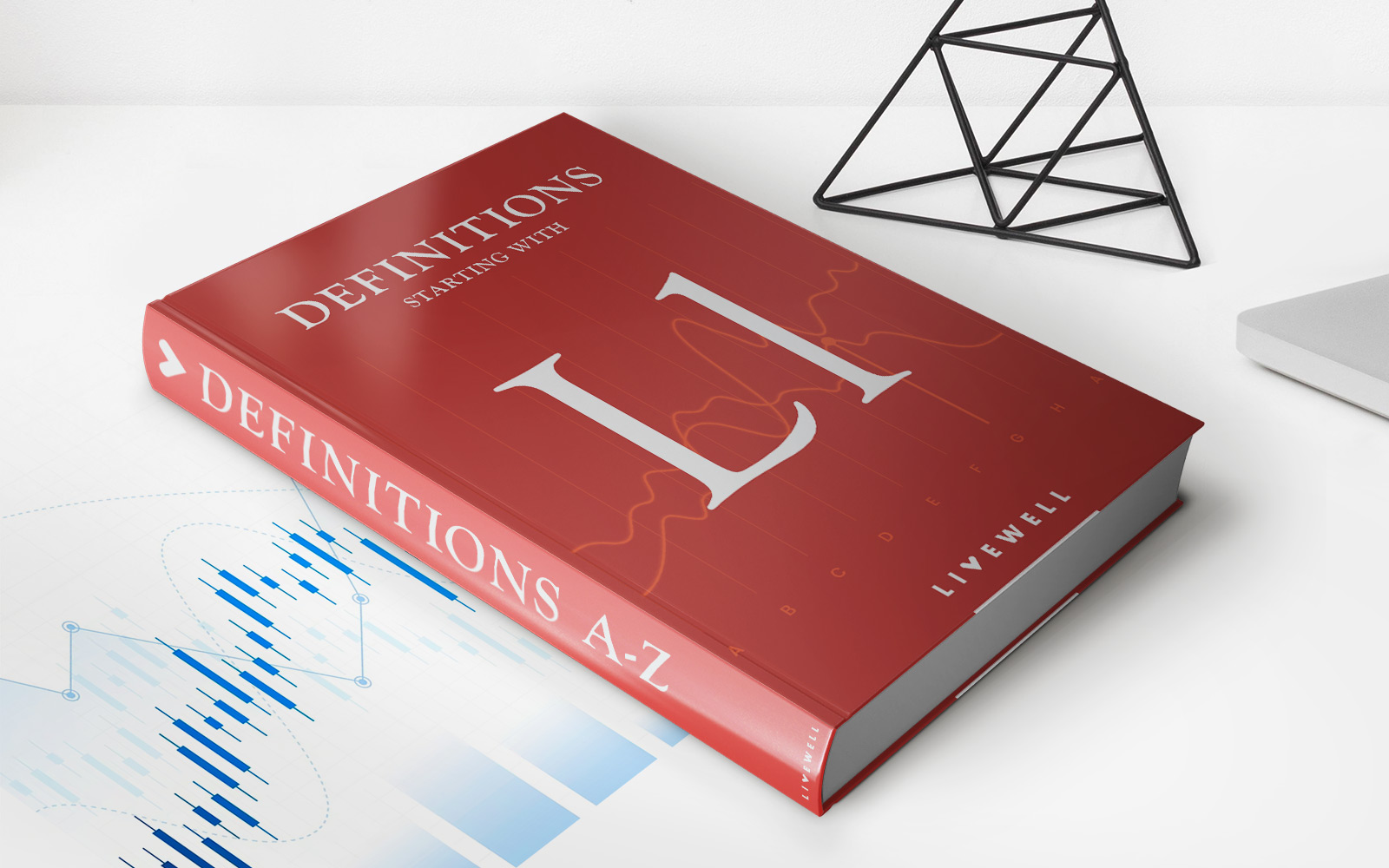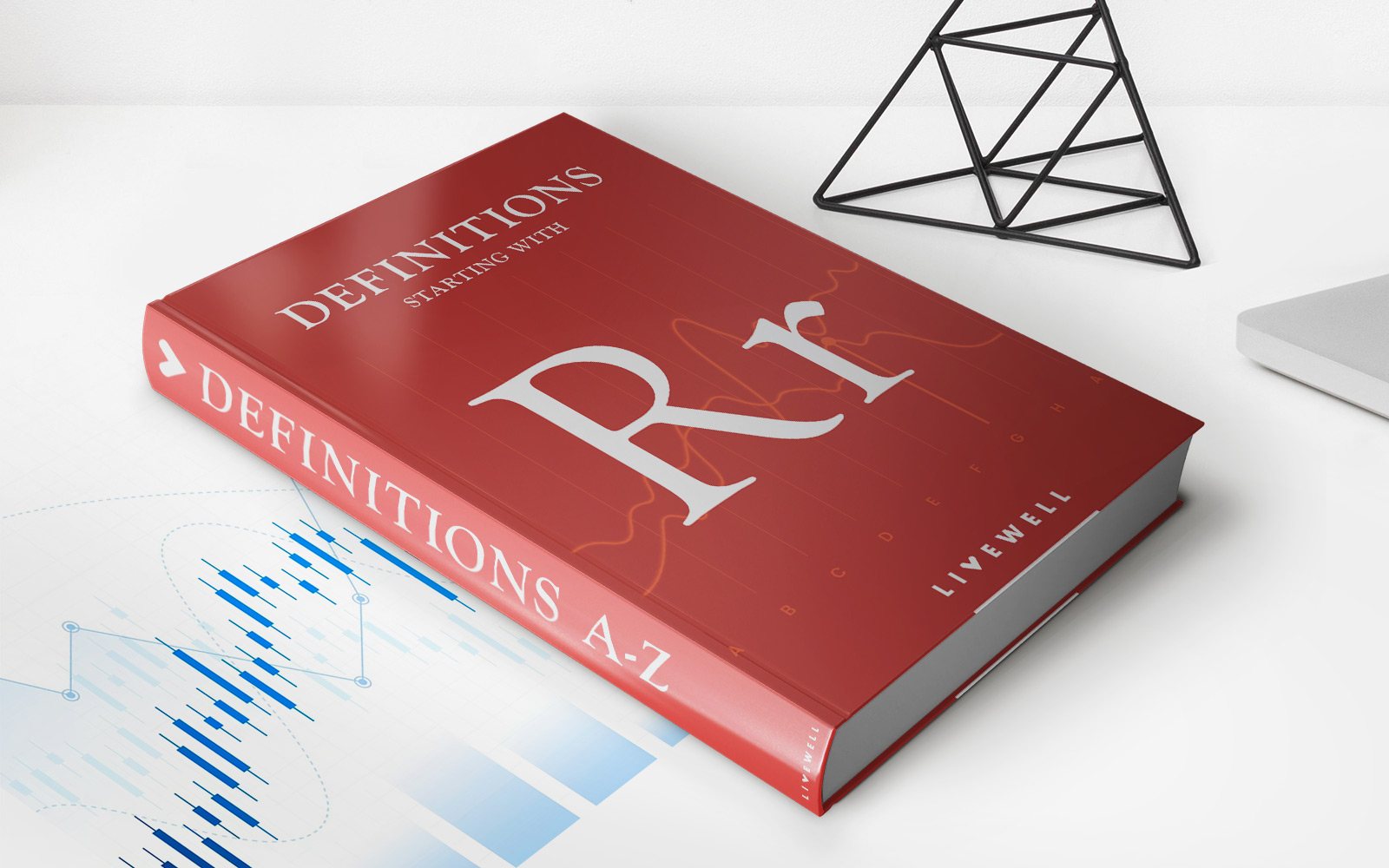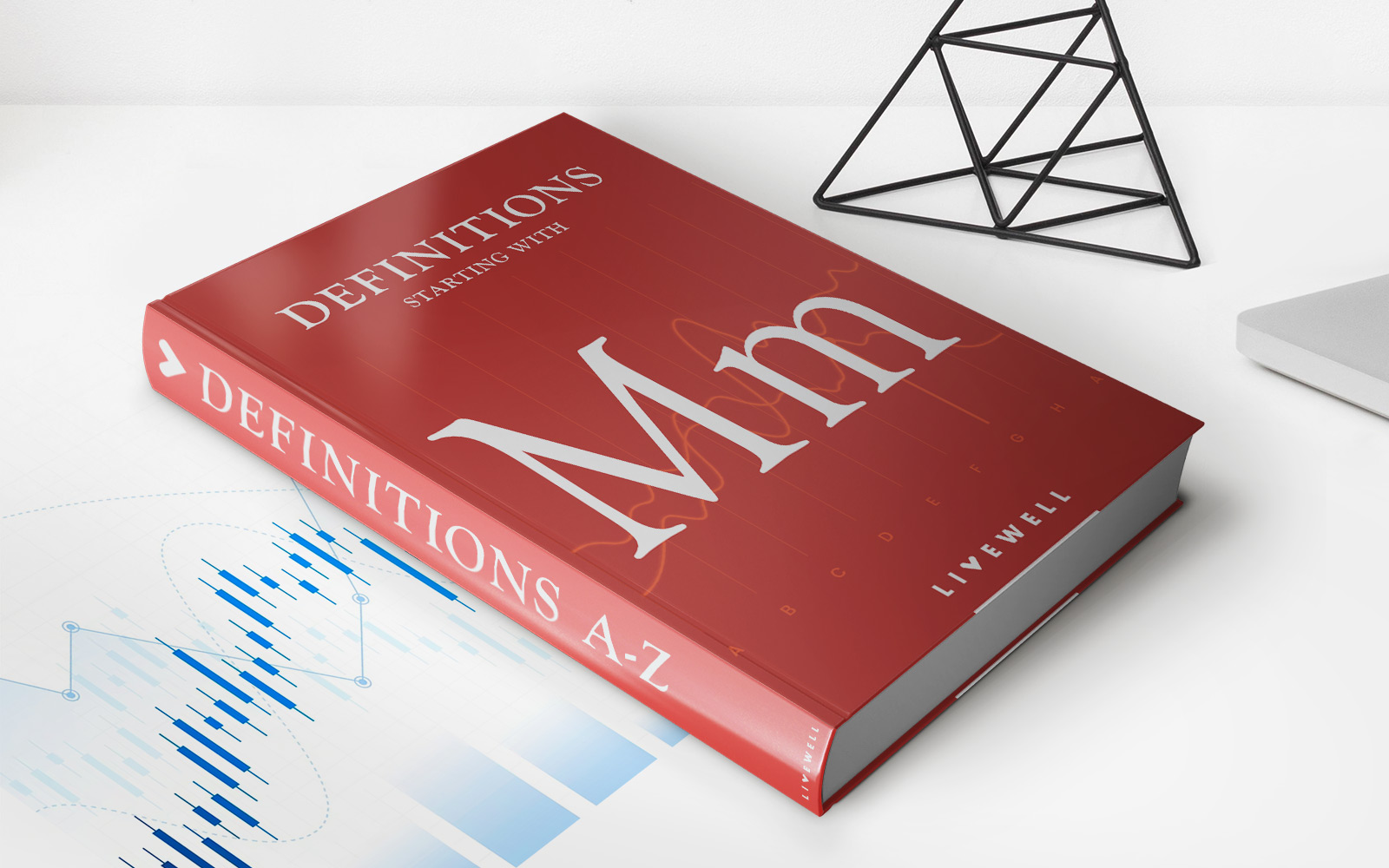Home>Finance>Interest Rate Collar: Definition, How It Works, Example
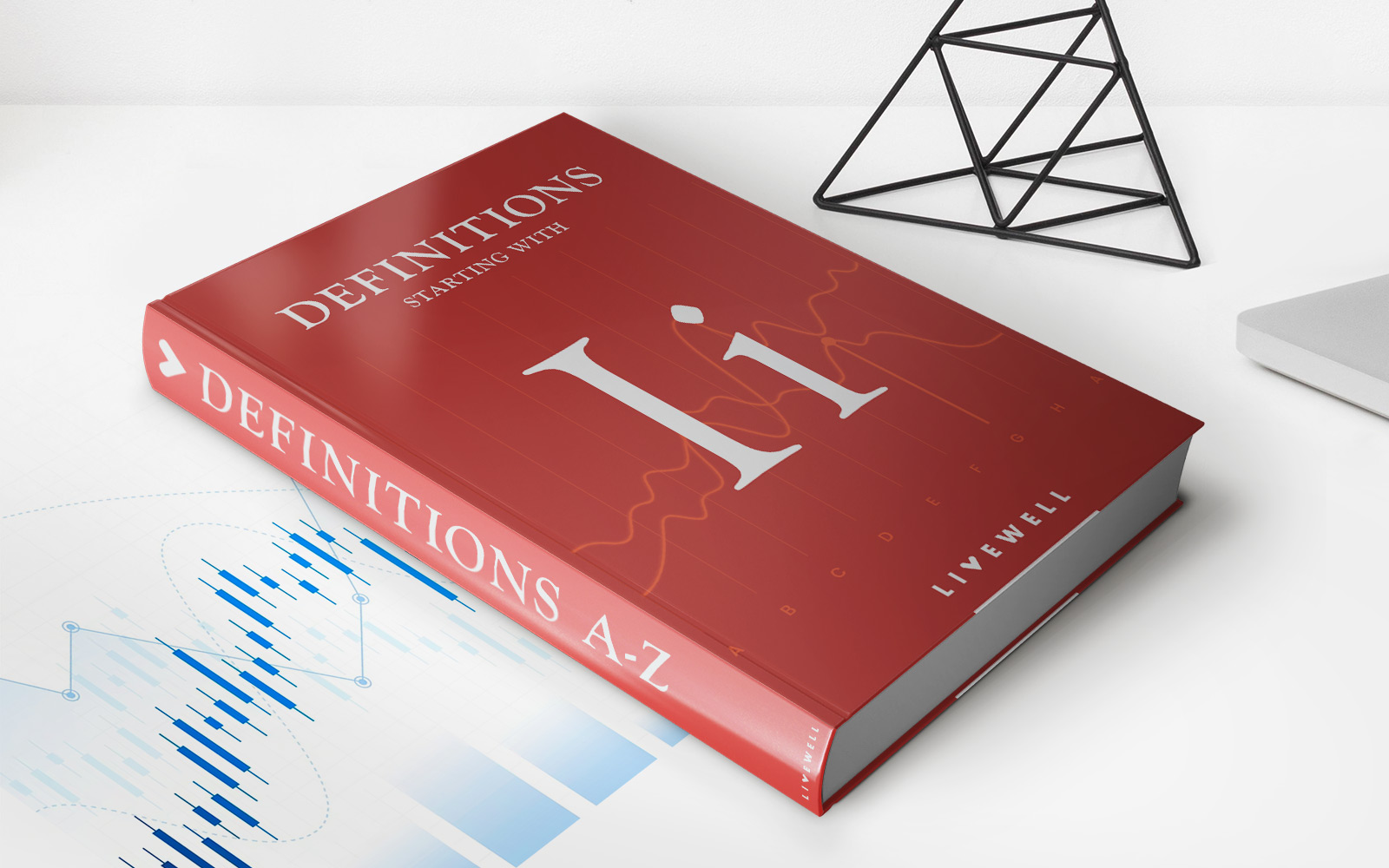

Finance
Interest Rate Collar: Definition, How It Works, Example
Published: December 11, 2023
Learn about interest rate collars in finance - their definition, how they work, and see an example. Explore how this financial tool can help protect against interest rate fluctuations.
(Many of the links in this article redirect to a specific reviewed product. Your purchase of these products through affiliate links helps to generate commission for LiveWell, at no extra cost. Learn more)
Interest Rate Collar: Definition, How It Works, Example
Welcome to our “FINANCE” category, where we dive into various financial instruments and concepts to help you navigate the complex world of finance. In this blog post, we will discuss an important risk management tool called an Interest Rate Collar. If you have ever wondered how an Interest Rate Collar works, its definition, and why it is beneficial, you have come to the right place.
Key Takeaways:
- An Interest Rate Collar is a financial derivative used to manage interest rate risk.
- It involves combining an interest rate cap and an interest rate floor to create a range within which interest rates are effectively fixed.
What is an Interest Rate Collar?
An Interest Rate Collar is a risk management strategy commonly used by businesses and individuals to protect themselves from fluctuations in interest rates. It is a combination of two other financial instruments: an interest rate cap and an interest rate floor. These two components work together to create a range, or collar, within which interest rates are effectively fixed.
How does an Interest Rate Collar Work?
Let’s break down how an Interest Rate Collar works using a simple example:
- A company expects interest rates to rise but wants to limit its exposure to high interest payments on a variable-rate loan.
- They purchase an interest rate cap, which sets a maximum interest rate that they will have to pay.
- At the same time, they also purchase an interest rate floor to set a minimum interest rate.
- By combining these two instruments, the company effectively creates a collar within which their interest rates will fluctuate.
- If interest rates go above the cap, the company is protected and will pay only up to the capped rate.
- If interest rates go below the floor, the company benefits from the lower rates but must still pay the floor rate.
- Within the collar range, the company can manage its interest rate risk and budget effectively.
This strategy allows businesses and individuals to protect themselves from extreme interest rate movements while still benefiting from favorable changes. An Interest Rate Collar provides a level of predictability and stability, especially when borrowing or investing.
Conclusion
Understanding risk management tools like the Interest Rate Collar can help individuals and businesses minimize their exposure to interest rate fluctuations. By using a combination of an interest rate cap and an interest rate floor, an Interest Rate Collar effectively creates a range within which interest rates are effectively fixed. Being able to control interest rate risk is crucial for financial stability and success.
So, next time you come across the term “Interest Rate Collar,” you will have a solid understanding of its definition, how it works, and its potential benefits. Don’t let interest rate fluctuations catch you off guard – consider implementing an Interest Rate Collar as part of your risk management strategy.
Stay tuned for more informative blog posts in our “FINANCE” category!
